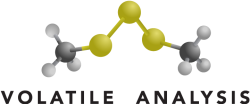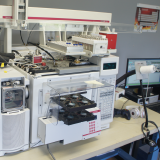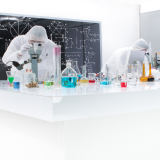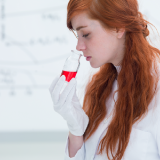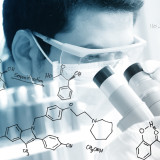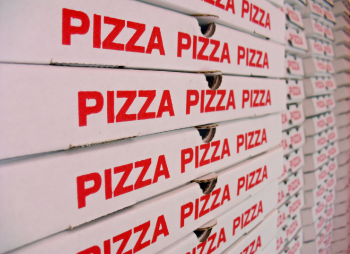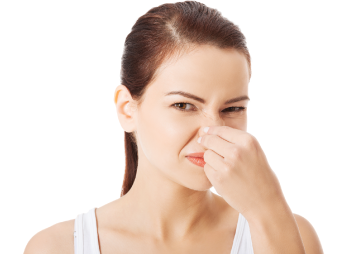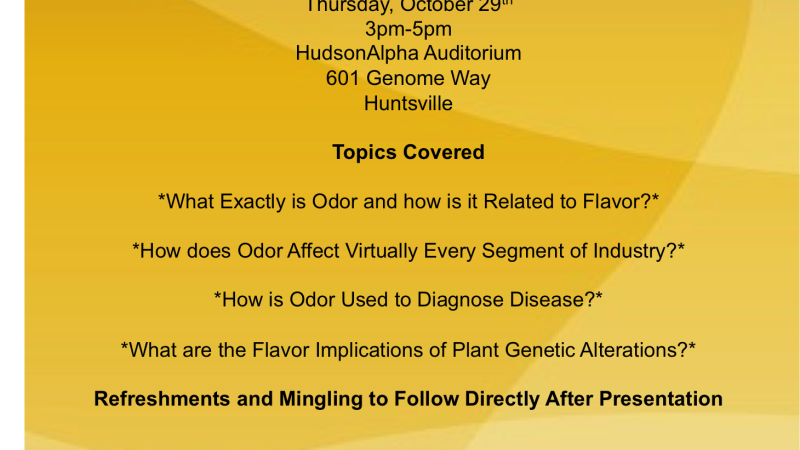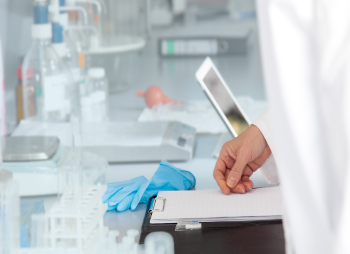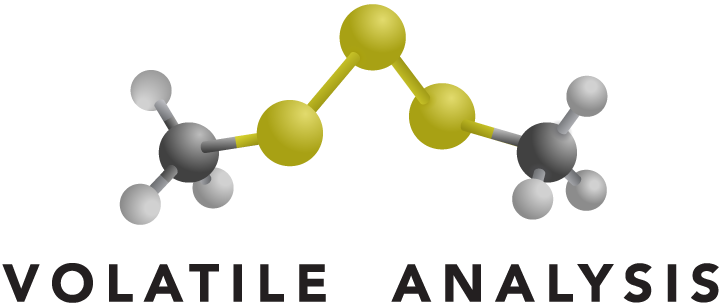
Paper & Packaging
Description of Industry
Paper and packaging affect aroma and flavor of all manner of products when the paper or corrugated product releases odorous chemicals. This my be detrimental. For example the odor of warm corrugated may conflict with the odor of a fresh cheese pizza. Also there is chemical transfer between paper and corrugated products that are in contact with plastics (plastics absorb odors like a sponge), or are in direct contact with foods. VAC specializes in characterizing, detecting and measuring off-odors.
Applicable Services
What we do
We are experts in odor analysis and trace level chemical detection and measurement. Both odor analysis and chemical detection are utilized when we employ gas chromatography-mass spectrometry/ olfactometry. We also employ expert experimental design, sample prep measures, and statistical analyses to ensure appropriate scientific rigor.
Odor Analysis GC-MS/O
Gas chromatography-mass spectrometry/olfactometry provides the very best technique to quickly resolve off-odor issues. This method requires a trained odor judge to sniff GC effluent and rate odor character and intensity. This information is coupled by retention time automatically via software to GCMS chromatogram data to allow for rapid odor identification. Our sensory and analytical team have more than 20 years experience with odor, analytical, and organic chemistry, and sensory analysis.
Odor Baseline Establishment
Baseline GCMS/O measurements have proved extremely helpful to our clients because they establish the aroma and chemical profile of a product considered good. When odor problems arise new GCMS/O analyses can rapidly determine what chemical changes occurred compared with a product considered good to allow for production process examination and off odor mitigation.
Sensory Panel Creation
VAC offers unique capabilities in sensory and analytical. In support of our off-odor work we routinely convene sensory panels. The most frequently used include quantitative descriptive analysis (QDA) where a descriptive panel is trained for measuring product attributes. We also conduct threshold testing in various media. This is particularly useful when assessing how problematic specific odorants are in a given product formulation.
Odor Investigation
We utilize the most advanced scientific techniques and instruments currently available to detect and measure volatile chemicals responsible for odor. We utilize gas chromatography-mass spectrometry/ olfactometry to quickly determine what retention index values from a chromatogram correspond with odor. This capability dramatically improves our capability to identify trace level chemicals responsible for off-odors.
Odor Strategy Development
Strategies depend on variables such as the state of material (liquid, solid, gas), chemical type of suspected odorant (some chemicals must be treated different due to unique characteristics), quantity of material available, accuracy of odor descriptors, to name a few.
Based on answers to an initial questionnaire we will utilize the most appropriate and advanced scientific techniques and instruments currently available to detect and measure volatile chemicals responsible for odor.
Quantitative Chemical Analysis
The goal of quantitative analysis is to accurately and precisely measure the amount of a chemical (the target chemical is also called analyte). Quantitative analysis typically involves developing a calibration curve that contains a plot of standard chemical quantity vs. peak area. Based on the unknown chemical peak area the concentration may be calculated.
